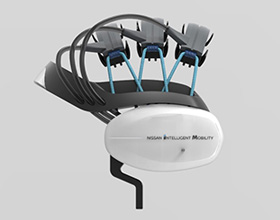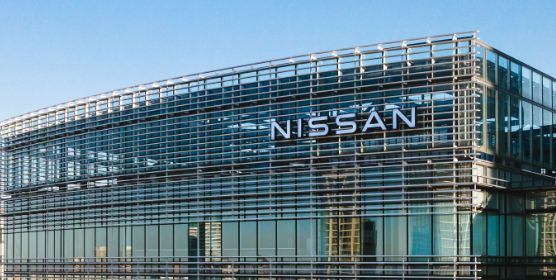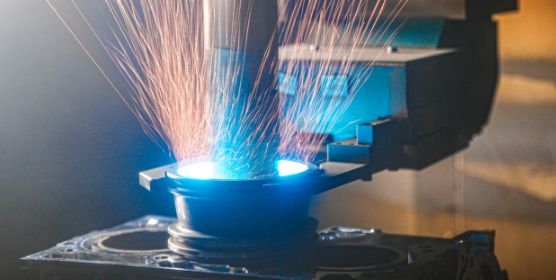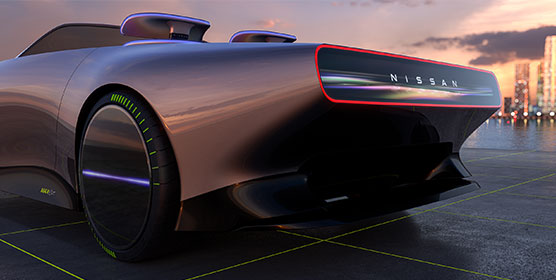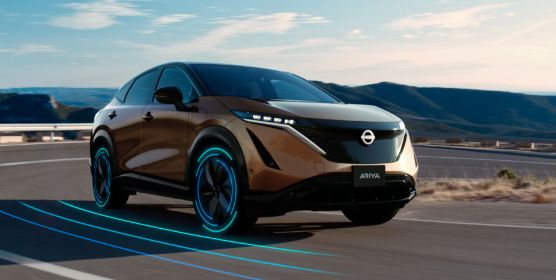Brain-to-Vehicle
Delivers more excitement and driving pleasure by detecting, analyzing and responding to driver's brainwaves in real time
This
technology
is
the
result
of
research
into
using
brain
decoding
technology
to
predict
a
driver’s
actions
and
detect
discomfort
This
technology
offers
two
key
benefits:
- It enhances driver performance, enabling them to reach their full driving potential, while maintaining control
- It provides real-time personalization of Autonomous Drive mode and other functions - this has never been achieved before
The technology's functions are explained below.
Technology functionality
Predict:
When
in
manual
driving
mode,
by
identifying
signs
that
the
driver's
brain
is
about
to
initiate
a
movement
-
such
as
turning
the
steering
wheel
or
pushing
the
accelerator
pedal
-
driver
assist
technologies
can
begin
the
action
more
quickly.
This
improves
reaction
time
and
makes
driving
more
enjoyable.
For
example,
on?mountain
roads
where
there
are
lots
of
tight
corners,
drivers
can
easily
keep
their
car
under
control,
therefore
helping
them
drive
better
and
with
more
confidence.
The
system
even
enables
highly
skilled?drivers?to
outperform
their
usual
high
standards
on
such
winding
roads.
Detect:
In
autonomous
driving
mode,
by
detecting
and
evaluating
driver
discomfort,
the
artificial
intelligence
can
alter
the
driving
configuration
or
driving
style
to
make
the
driver
feel
at
ease.
If
a
driver
prefers
his/her
car
to
drive
in
the
faster
lane
down
a
stretch
of
highway,
after
a
few
turns,
the
autonomous
drive
system
will
pick
up
this
pattern,
and
drive
in
a
way
that
aligns
with
his/her
expectations,
while
still
keeping
a
safe
distance
from
the
vehicle
in
front
of
him/her.
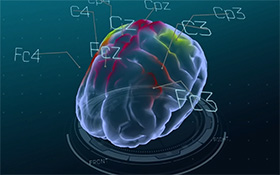
Technology configuration
Nissan Brain-to-Vehicle technology provides the world's first system for real-time detection and analysis of brain activity relating to driving. It includes activity in advance of intentional movement (e.g. steering), known as movement-related cortical potential (MRCP), and activity that reveals the variance between what the driver expects and what they are experiencing (e.g. car moving too fast for comfort), known as error-related potentials (ErrP). This brainwave activity is measured using a skullcap worn by the driver and analyzed and interpreted for immediate implementation by onboard autonomous systems. By anticipating intended movement, systems can engage (turning the steering wheel or slowing the car) 0.2 to 0.5 seconds faster than the average human response time, improving reaction times while being largely imperceptible for the driver.
